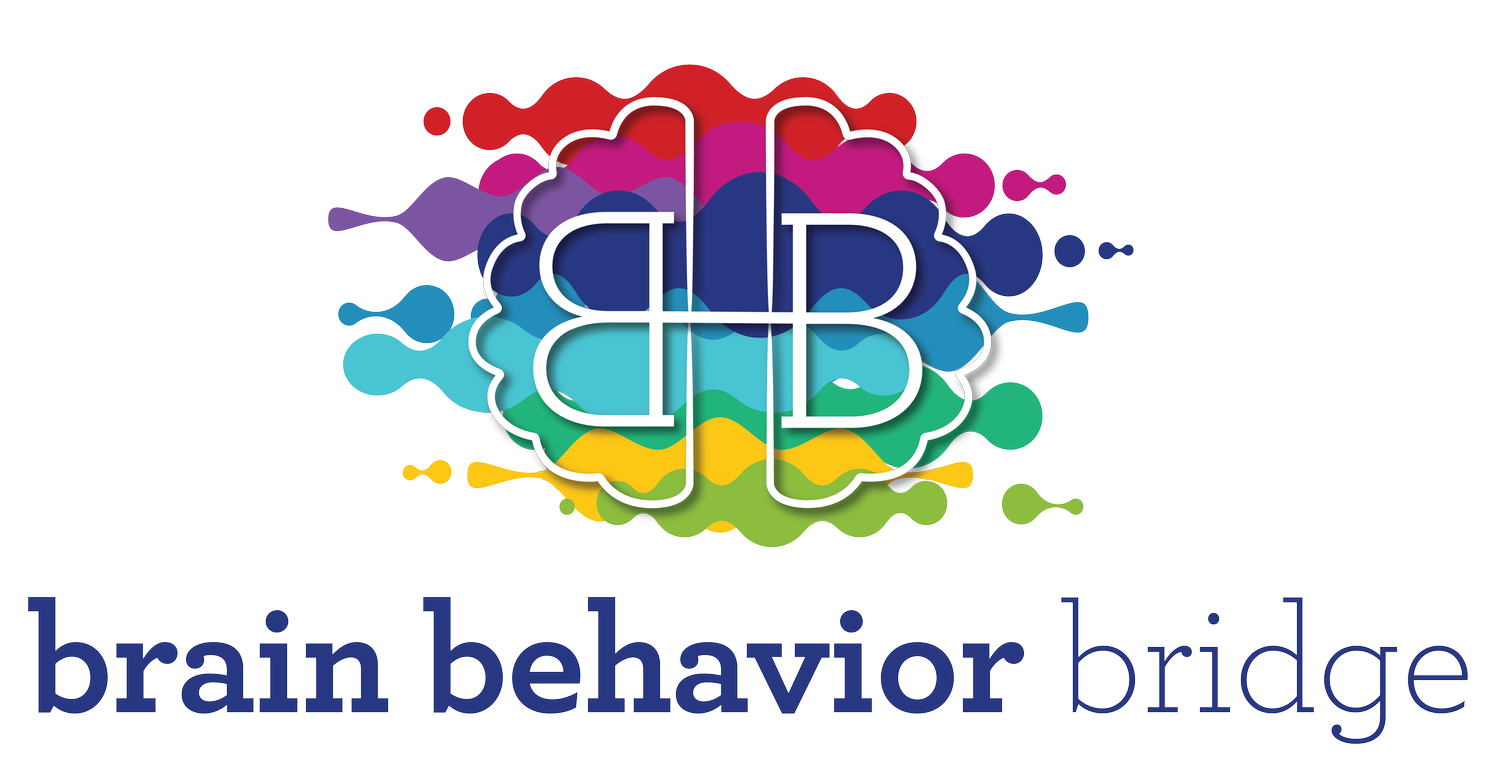New Year, New Parenting Tips: 3 Simple Ways to Build Emotional Intelligence
Okay, we made it through the holidays with our sanity (mostly) intact. Now if one of your New Year’s resolutions is to bring more joy and ease to interacting with your kids, we’ve got a gift for you.
Why not start 2024 off on the right foot with these three parenting hacks?
1. Start from the Middle
Whenever You See Amy G. All Puffed Up…
Get Fronnie involved. Share what behavior you observe and help your child connect the dots to their feelings.
We know that Amy G (short for our brain’s amygdala) expresses herself through behavior. And if we don’t take a moment to observe our own behavior—Fronnie’s specialty—we act without thinking. These knee-jerk reactions can lead to all kinds of problems.
So whenever you see Amy G getting all puffed up, the strategy is to get that frontal lobe involved (hey Fronnie!). Let’s look at how.
Often our response in these situations is to ask our child “how do you feel?” But what if I asked you how you feel right now? It seems like you should have a simple answer, but I bet you needed to think about it!
You may even look for clues in your own behavior: “I had a good workout this morning and enjoyed 20 minutes to myself while I drank my coffee. I’m feeling unusually calm and grateful.” This is what I call starting from the middle. Behavior is the middle between the stimulus (someone else’s behavior or whatever prompts your behavior) and the result (what you feel).
Asking kids how they feel and expecting a simple, quick response doesn’t solve the problem or teach them how to find their emotions. That’s starting at the end. Just like you have to think about how you feel, we have to teach our kids to start from the middle.
Instead of asking them how they feel, start by sharing what you’ve observed about their behavior and help them connect the dots back to Amy G:
“I noticed you refused to play that game with your brother and you slammed the door on your best friend earlier. Is something bothering you? How’s your Amy G?”
2. Model What You Want
Speak Out Loud
Narrate what’s happening in your head to help your kids connect the dots. You’ll find them reflecting it back to you.
Once you get used to calling on Fronnie to help you find those emotional clues in your own behavior, you can reinforce this strategy by speaking it out loud. This is what we neuropsychologists call modeling.
It might feel a little weird at first—but hey, feeling a little weird is a small price to pay for teaching emotional intelligence, right? All you have to do is narrate the thoughts in your head:
“I’m sorry I’m yelling. I’m frustrated because we’re running late and you know how grandma likes to get to the restaurant early.”
Why does this work? It works because kids are sponges, especially when they’re little. How many times have your kids spit your words back in your face (in charming and not-so-charming ways)? This way, you’re using that bit of brain science to your advantage for once.
When you speak out loud the thoughts running through your head, your kids will start to pick up on how you’re connecting the dots between behavior and emotion. Then, they’ll start reflecting it back to you. It’s kind of magical!
3. Use the Backdoor
Sometimes an Indirect Approach is Better
Plant some seeds. Instead of having a big, heavy conversation, sneak in the backdoor with some bite-sized ideas.
Most of the time, I prefer a direct approach to communication. I’m a gal who loves to go, go, go. If we can solve a problem right away, why wait? There’s a lot of upside to this, but the downside is that I can sometimes go too hard and too fast for others.
Because I see my family as my team, sometimes an indirect approach is better. So, I’m always planting seeds. Rather than barging in the front door with a big, heavy conversation, I sneak in through the back.
I might take a scene in a movie as a cue to talk about emotional intelligence:
For example, if you haven’t watched Inside Out with your kids, it’s full of great conversation starters about emotions. I’ll never forget the scene where Joy looks back on one of Riley’s memories—when she missed a shot in an important hockey game. Joy realizes that Riley’s sadness, uncomfortable as it was at the time, made her feel closer to her parents and friends, who expressed their compassion in that moment.
At the time, I used that scene to plant some seeds with my kids. I pointed out that emotions like sadness, fear, and anger can be uncomfortable (which is why we want to avoid them), but it’s okay to sit with the discomfort and recognize this is part of the process. Let’s teach our children that they can be comfortable experiencing discomfort.
Once I’ve planted a few seeds, they may be ready for a bigger conversation or a few bite-sized conversations over several days. This approach does take patience (and some deep breaths while you slow down your pace to match others) if, like me, the direct approach is more your style. But it’s often way more effective.
As we kick off the new year, give yourself the joy of less friction with the kids. These three simple parenting hacks will help you get started. Let’s make 2024 the year of emotionally intelligent parenting!




